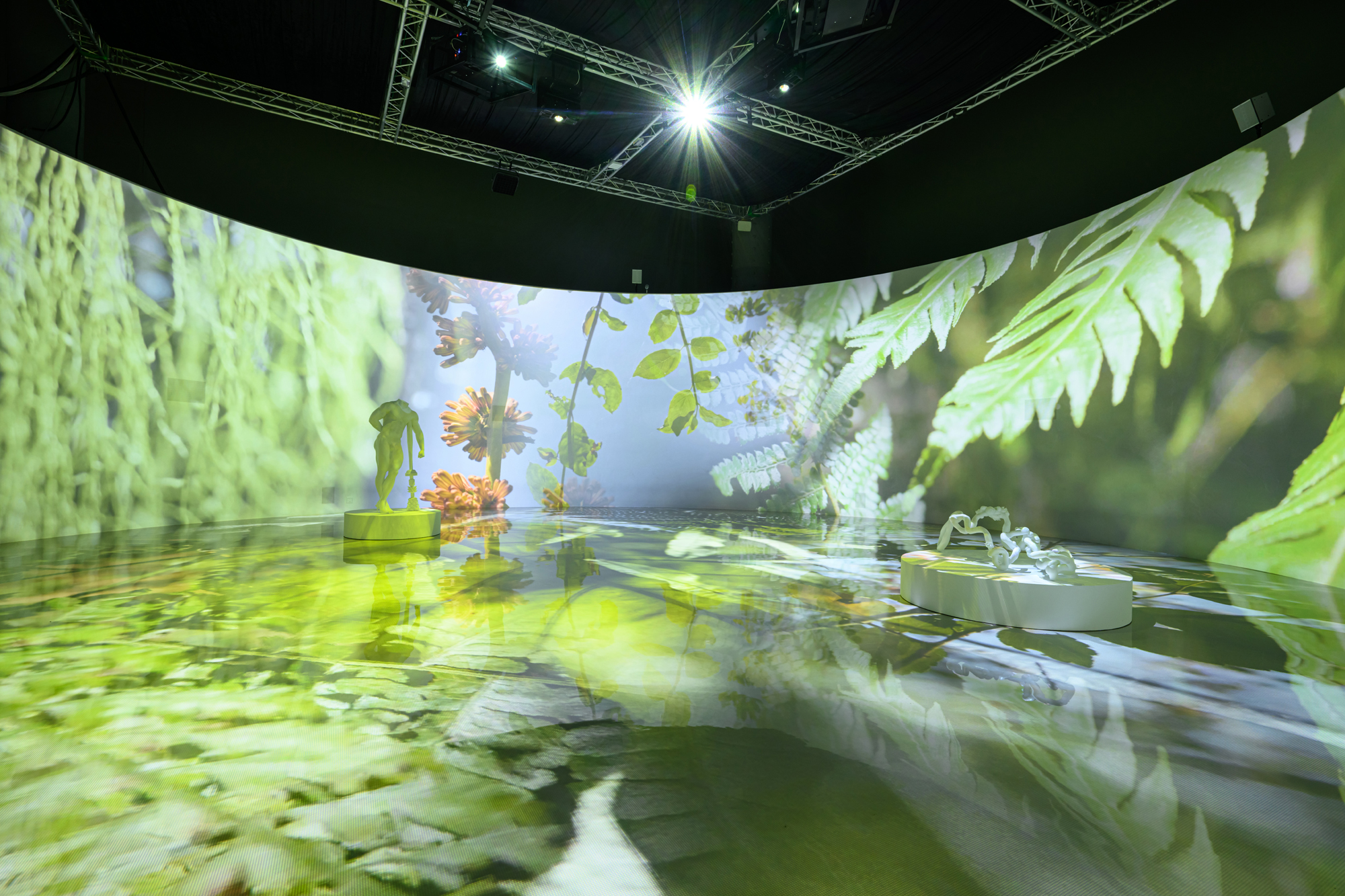
Ladies
2023
The Loves of the Plants written by naturalist and poet, Erasmus Darwin, in the 18 th century is a set of nature observation poetry based on a proposal made by Carl Linnaeus at the time, which classified plants based on their sexual characteristics. In the early stage of this plant taxonomy system, it was quite controversial to compare plant organs to human sex organs. However, this anthropomorphic way of imagining plants has become the foundation of today’s plant taxonomy. Through intricate biology observations, The Loves of the Plants presented the characteristics, senses, and desires of plants using anthropomorphic expressions, and female subjectivity was emphasized. The artwork, Ladies, presents a script adapted from three poems/three plants(Mimosa, Arum, and Cuscuta) written by Darwin and explores how humans perceived nature when this particular knowledge system was initially established. The content of this exploration is not intended as response to the age-old question of anthropocentrism; rather, emphasis is placed on tracing the driving force behind humans’ initial perception of the world. In the process of “seeing/perceiving/understanding”, human beings also carry out some kind of inner perceptual production, with imagination thereby evoked. The artists have pondered on the converging point of this driving force and the production of art, and they seek to use the three themes of senses, shapes, and narratives to construct Darwin’s imagination of plants. “Anthropomorphism” is based on an awareness that exploit all things, but it is also a biological instinct that empathizes with all things.
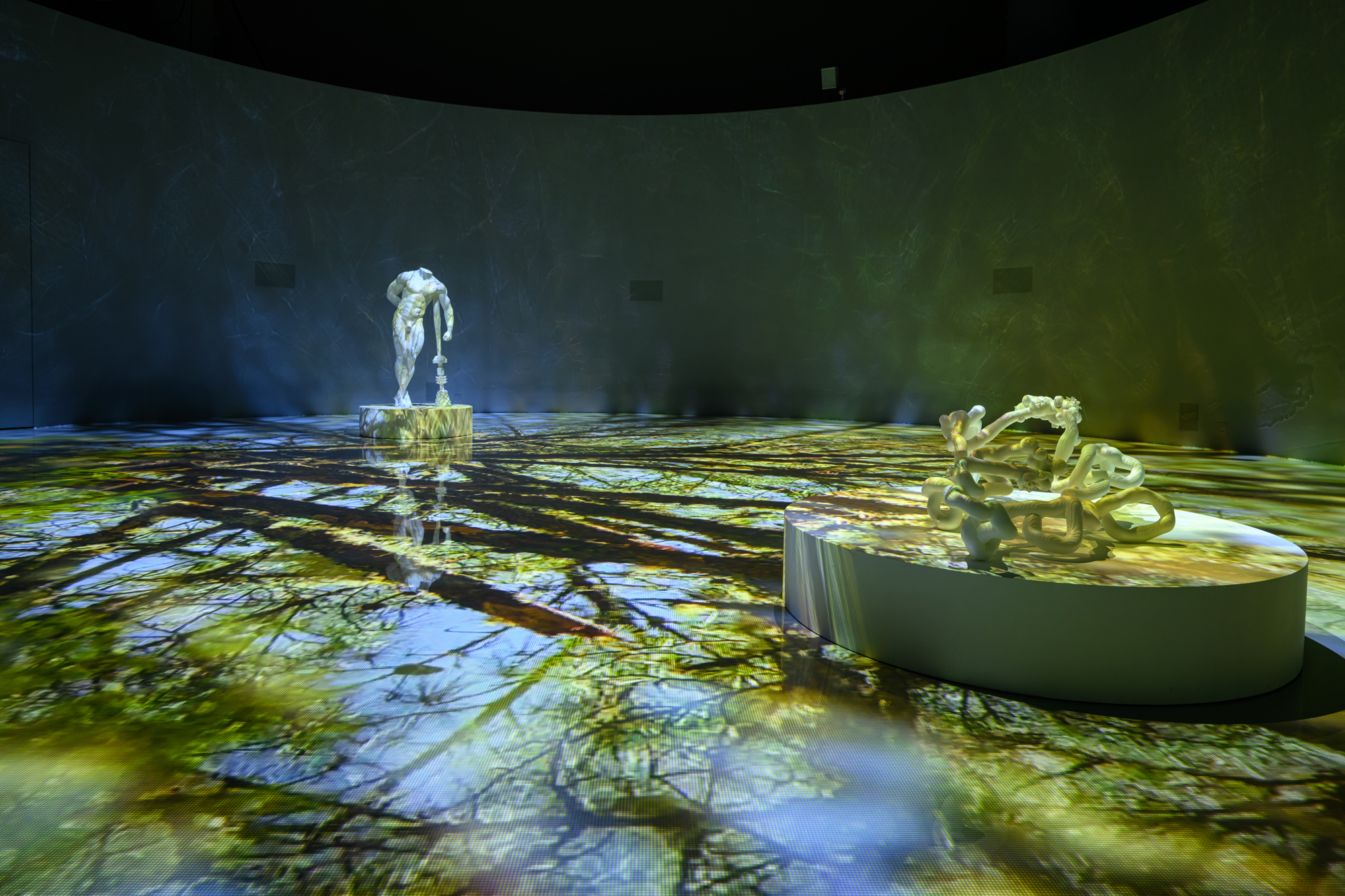
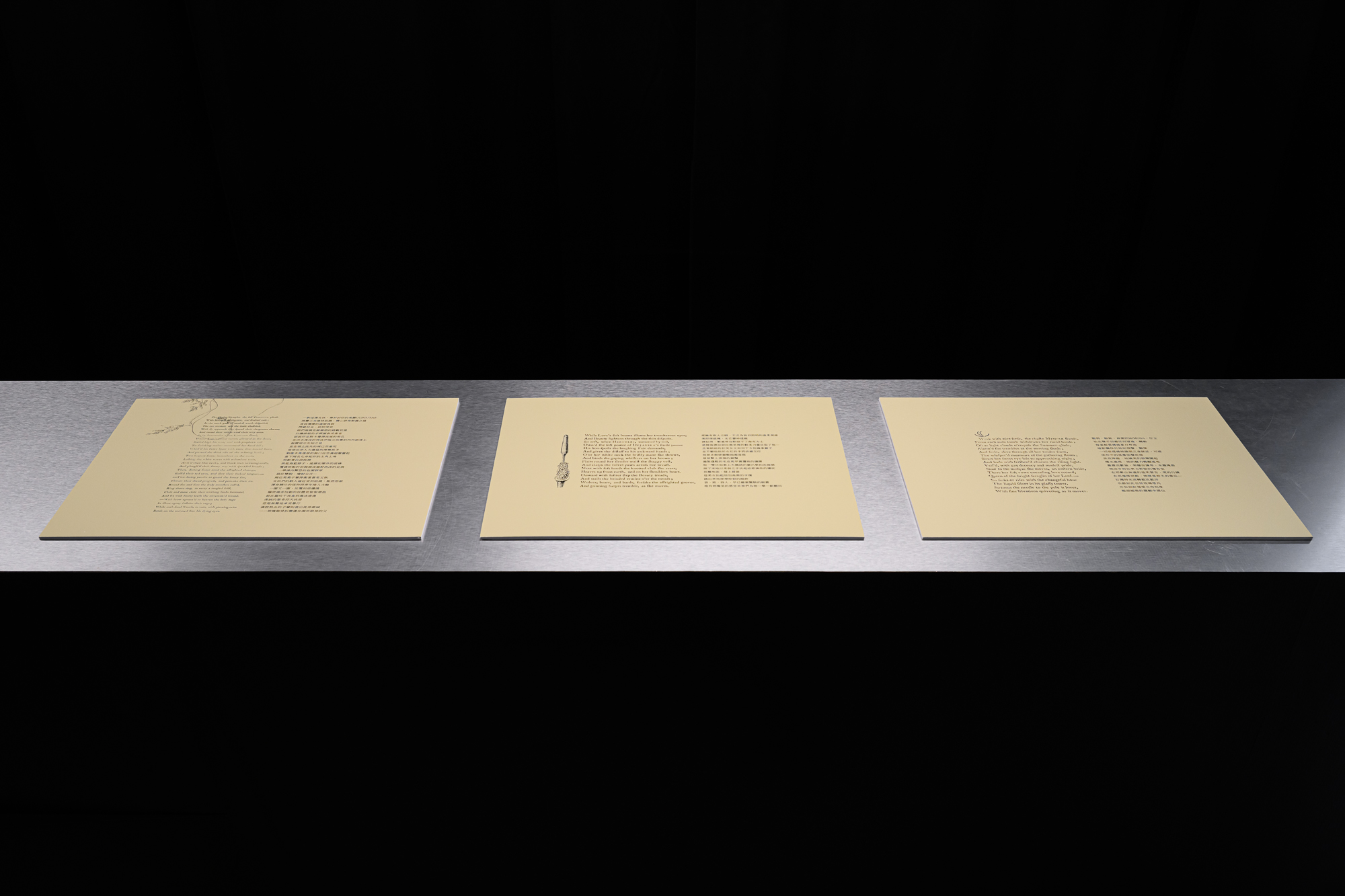

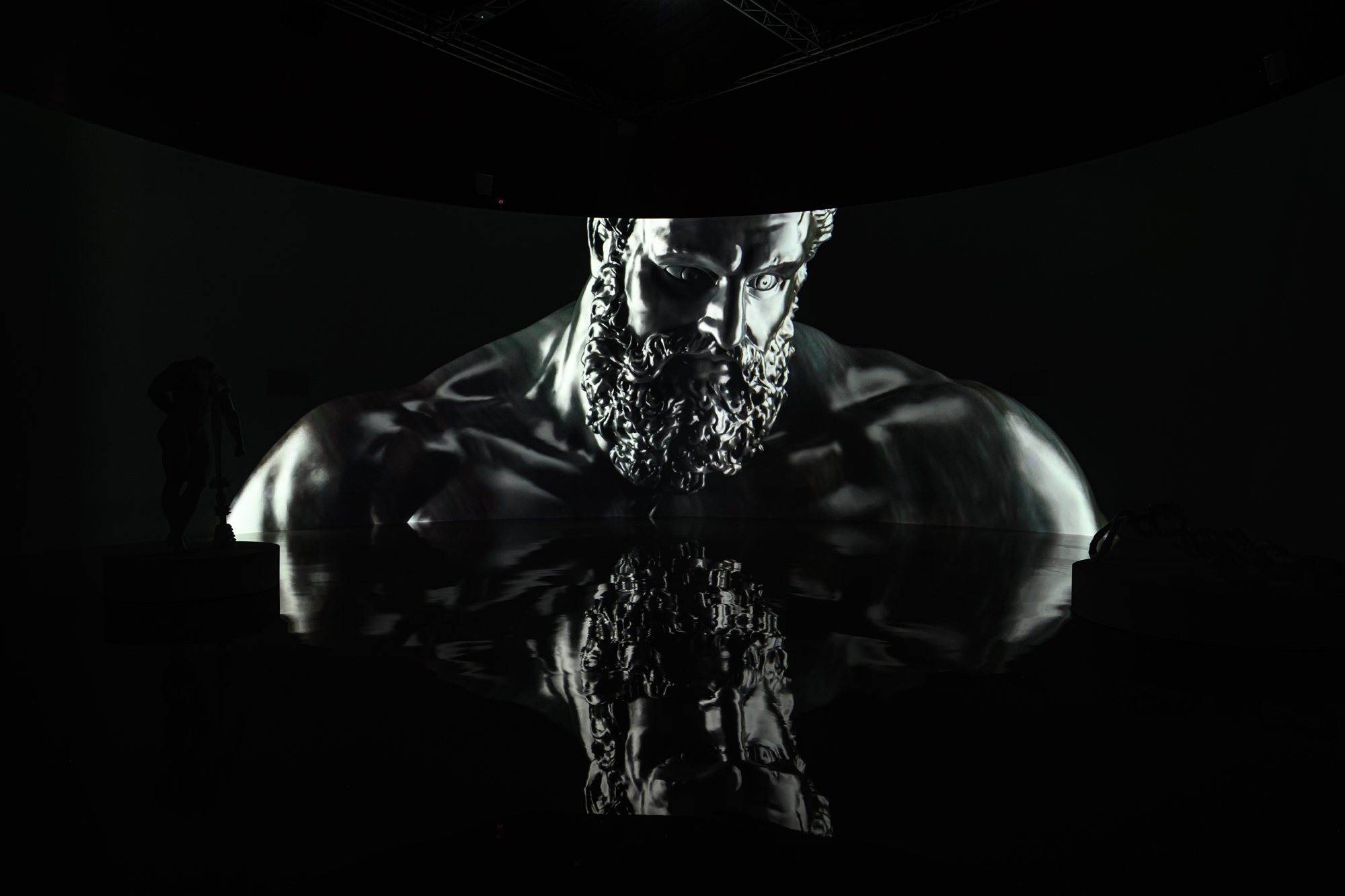
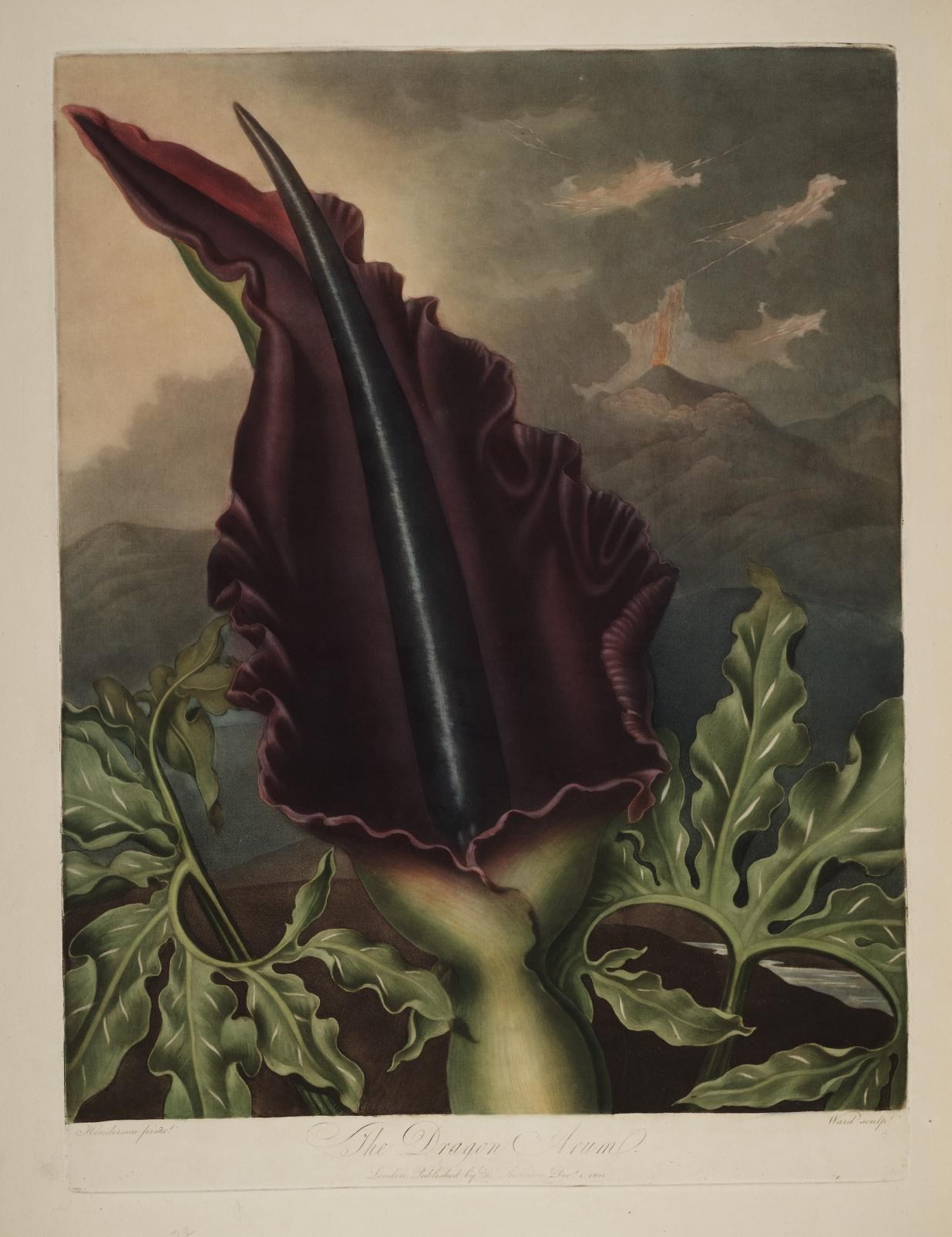

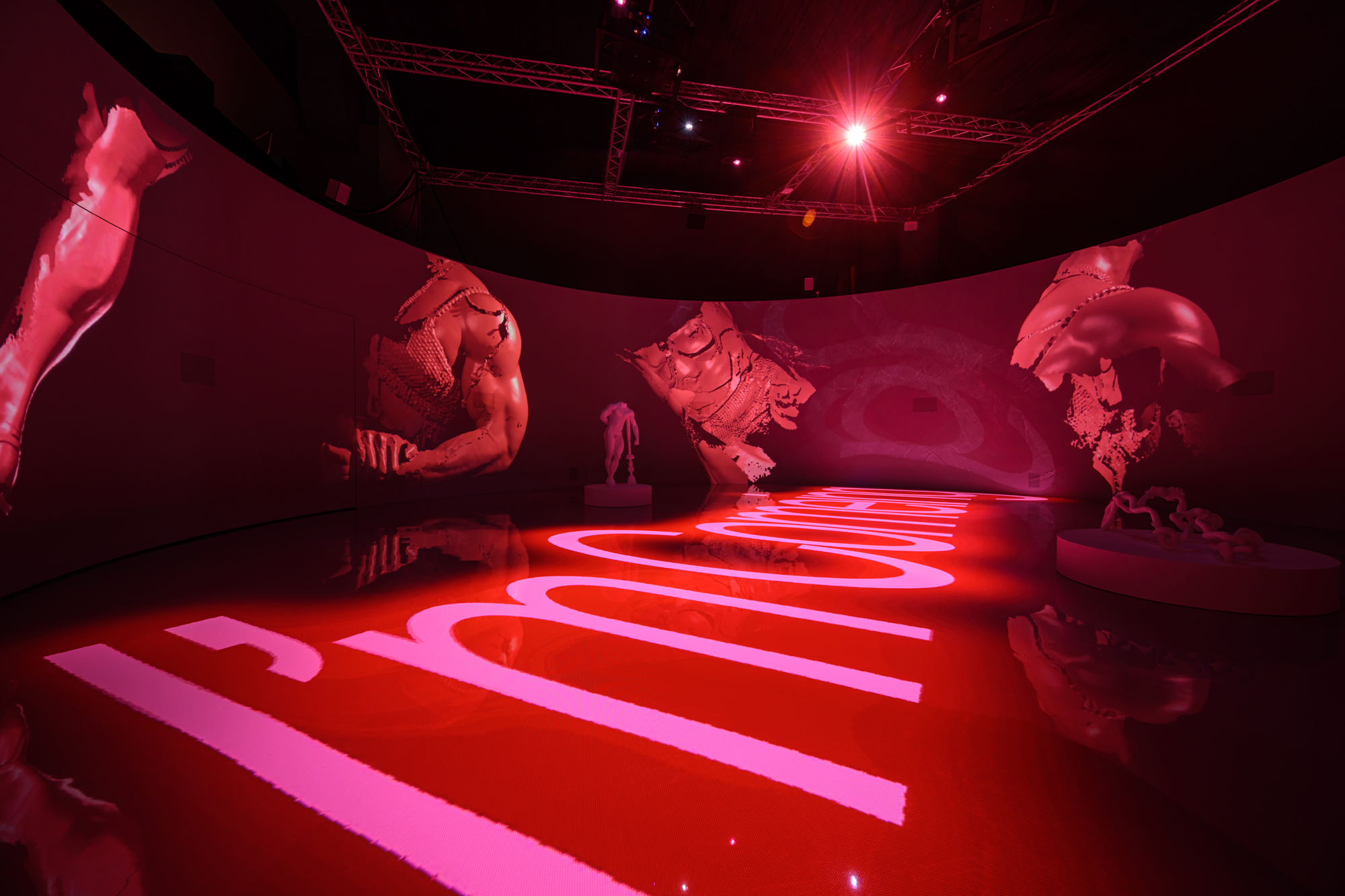



Escape Route
2021
The two apocalyptic prophecies following human and natural catastrophes had failed, we can see numerous rehearsals for apocalypses and salvation in human history. Many new religions, anarchis and utopianism are all anticipating a way out of this unanswered confusion under rapid modernization overpopulation, an intertwined global economic and political structure, ecological crisis, and global heating, with an aim at a solution to reconstruct the disrupted reality After the course of modernization starts to accelerate, some people drop out of the track in an attemp to venture another escape route in a chaotic world by returning to the primitive, spiritual, pure state on mind, while hoping to be catapulted into the next human era via this escape route. For adherents of apocalyptic prophecies, the escape is apparent and coexistent with real-life experiences. On the other
hand, such ideas related to escape don't just cease to exist when it comes to the life of the genera public. They become fragments constituting an integral part of our contemporary culture, entering the consumerist market system and deploying their troops in different forms in our daily lives. By reconstructing the incidents, the absolute territory of personal belief is probed. It is the most
primitive, the purest, the most universal spiritual field for humankind that is nearly impossible for on to convey to the external world.
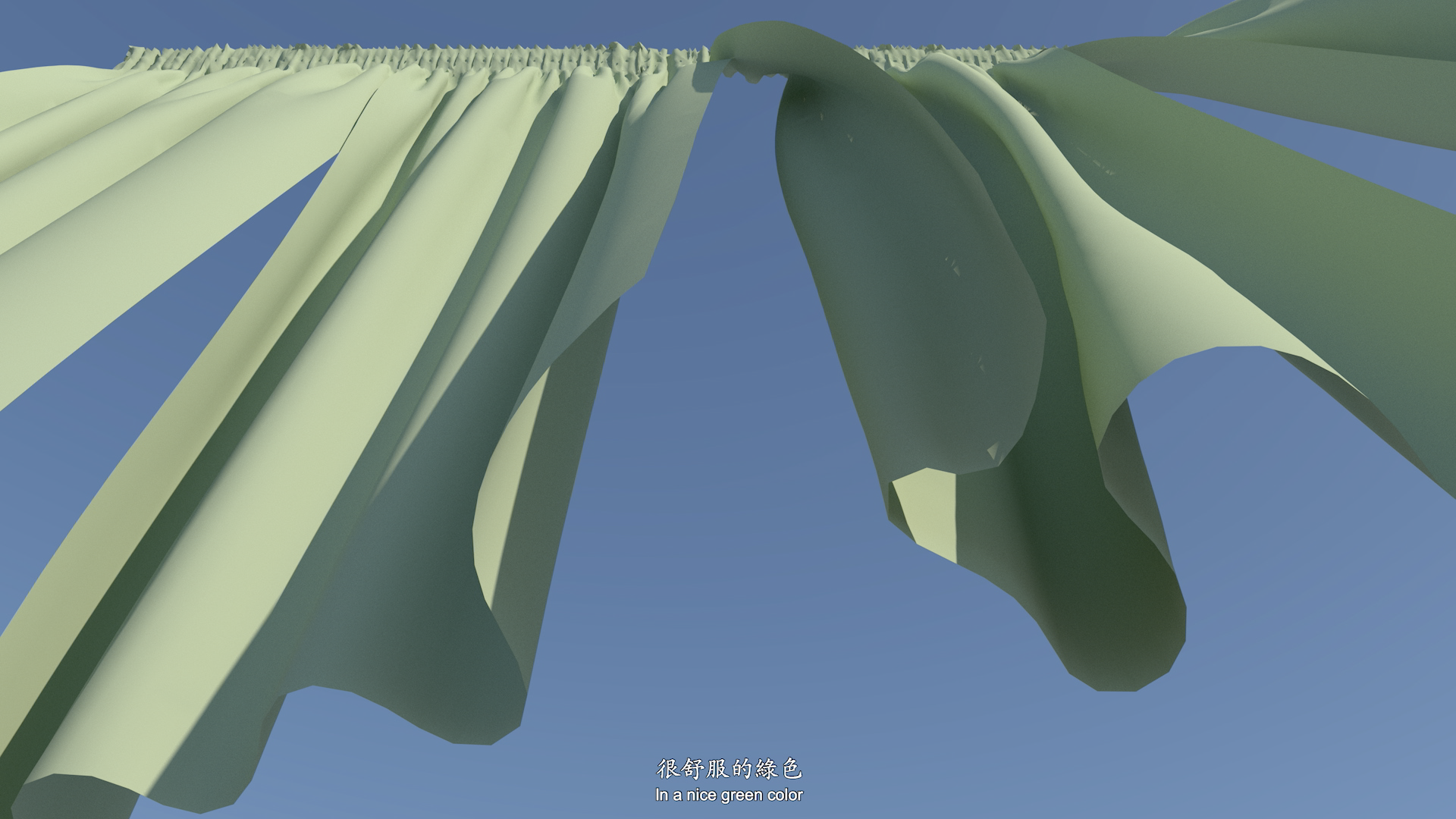
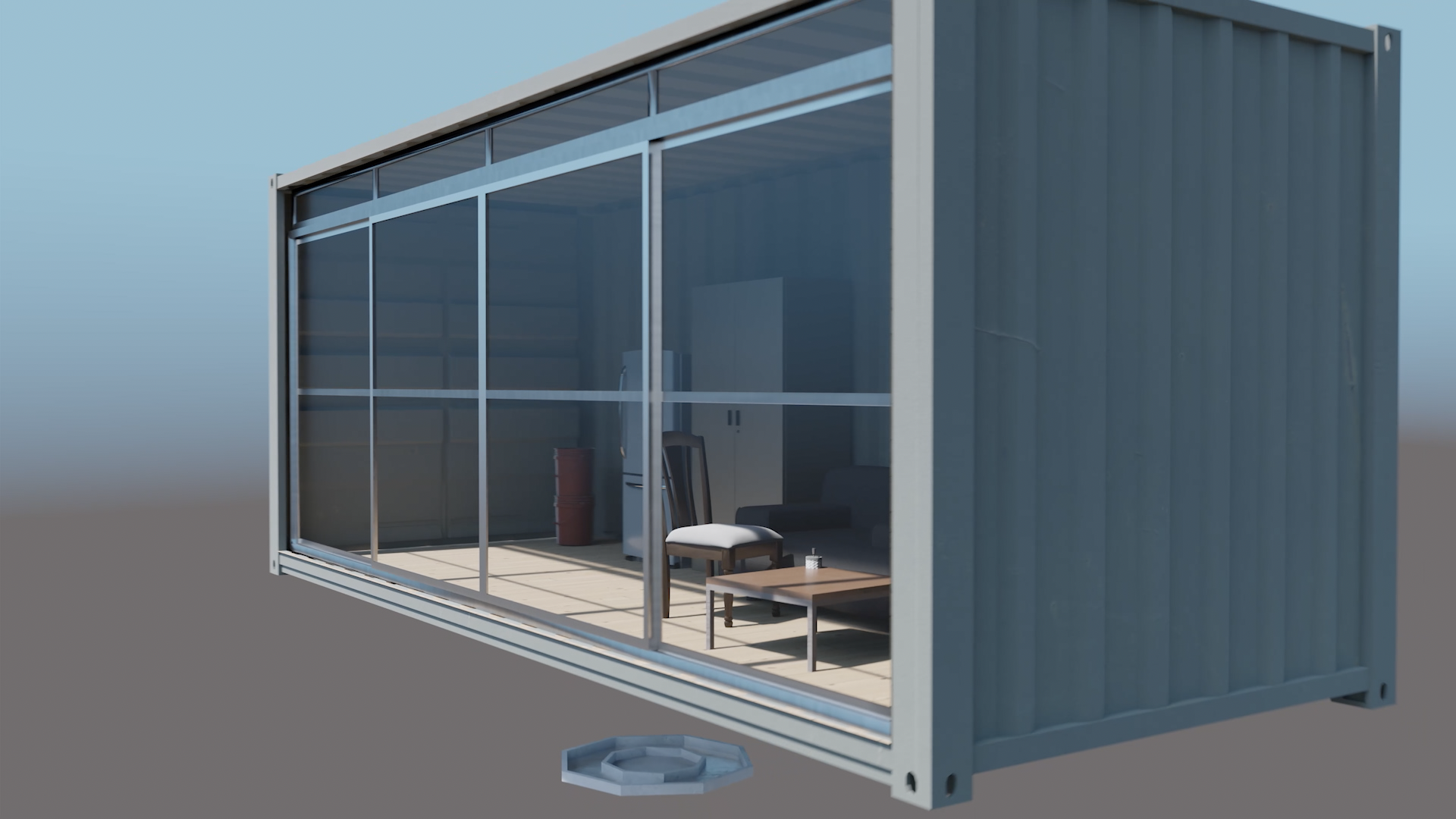



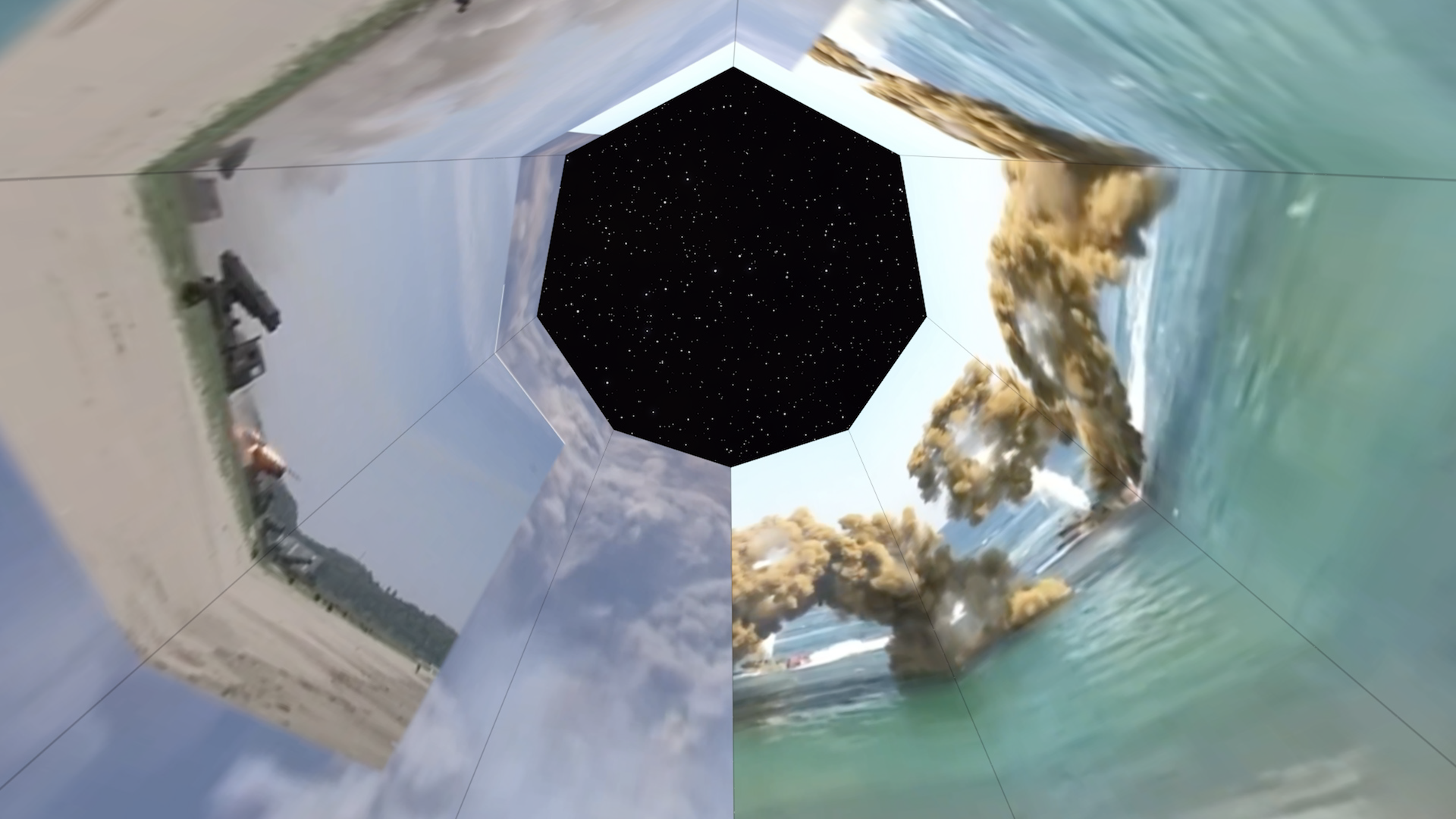
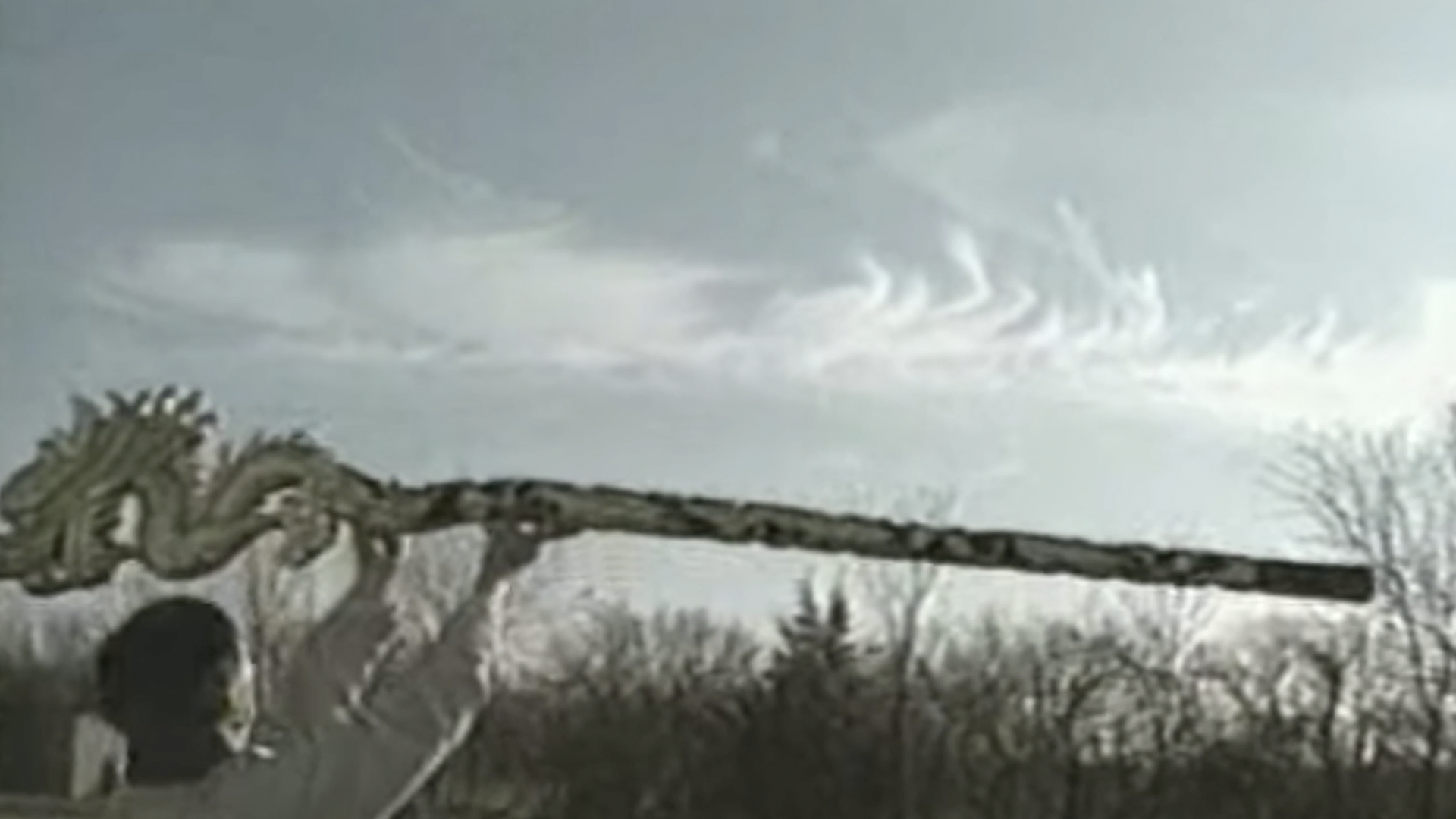
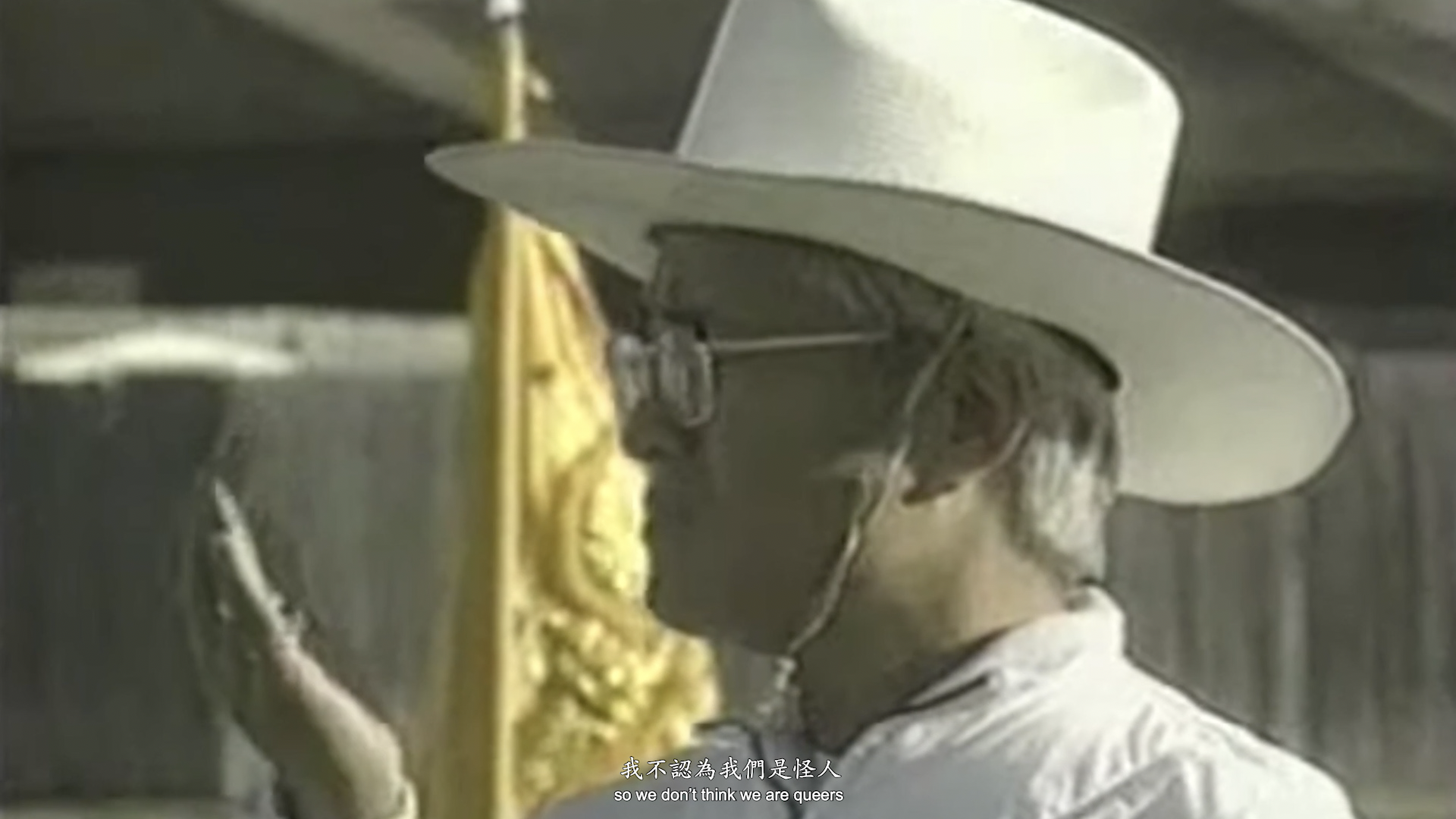
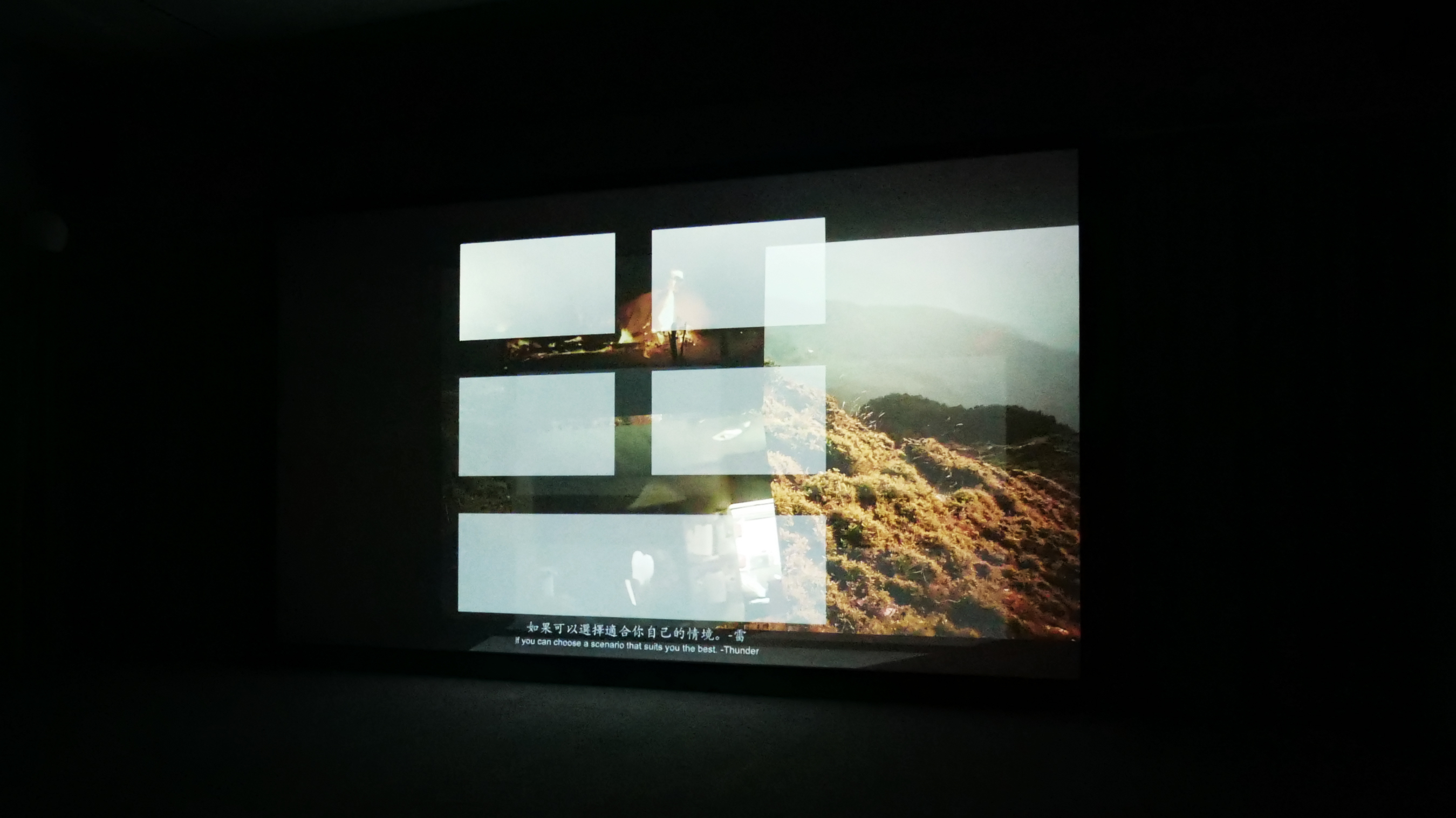
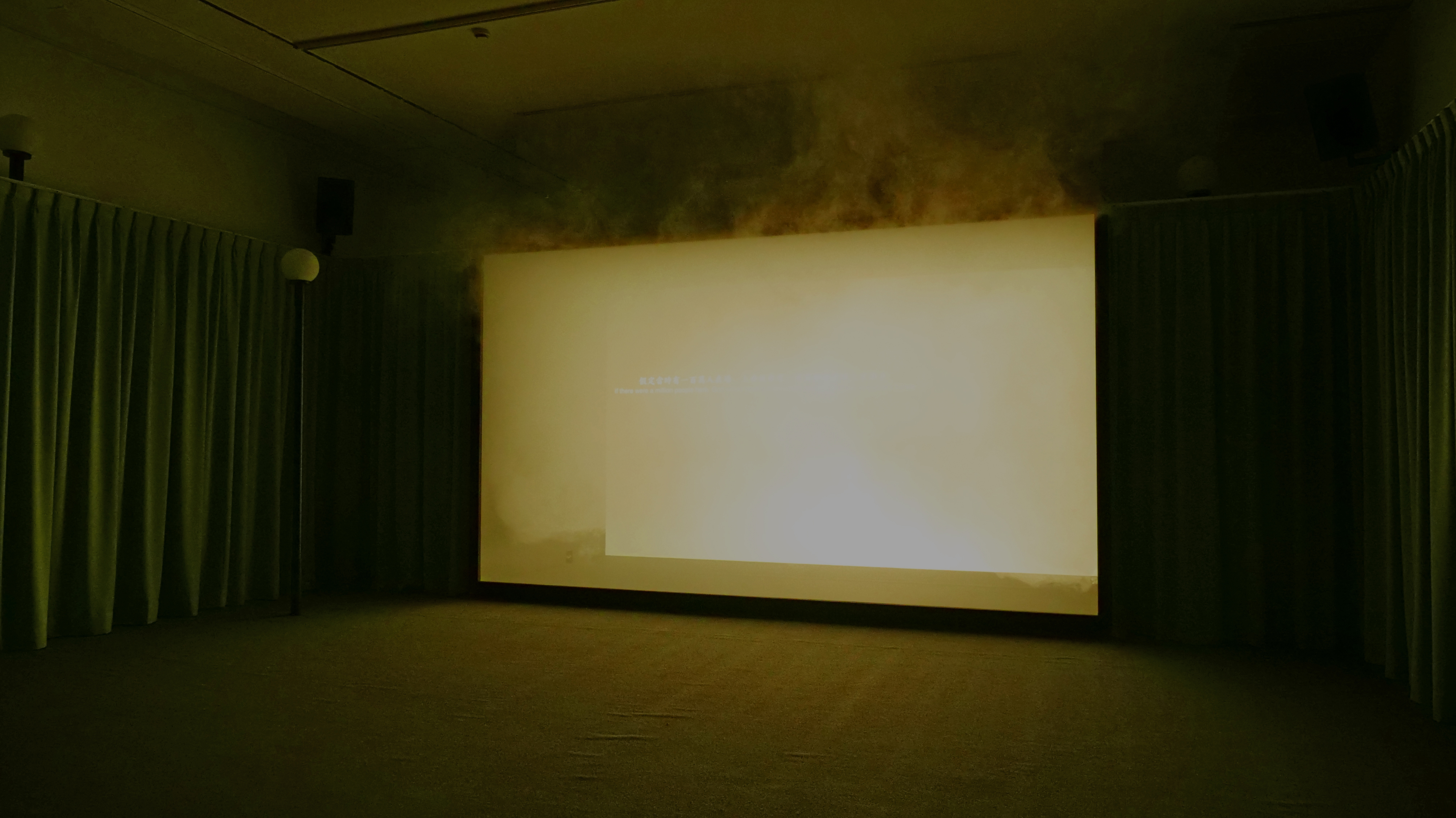
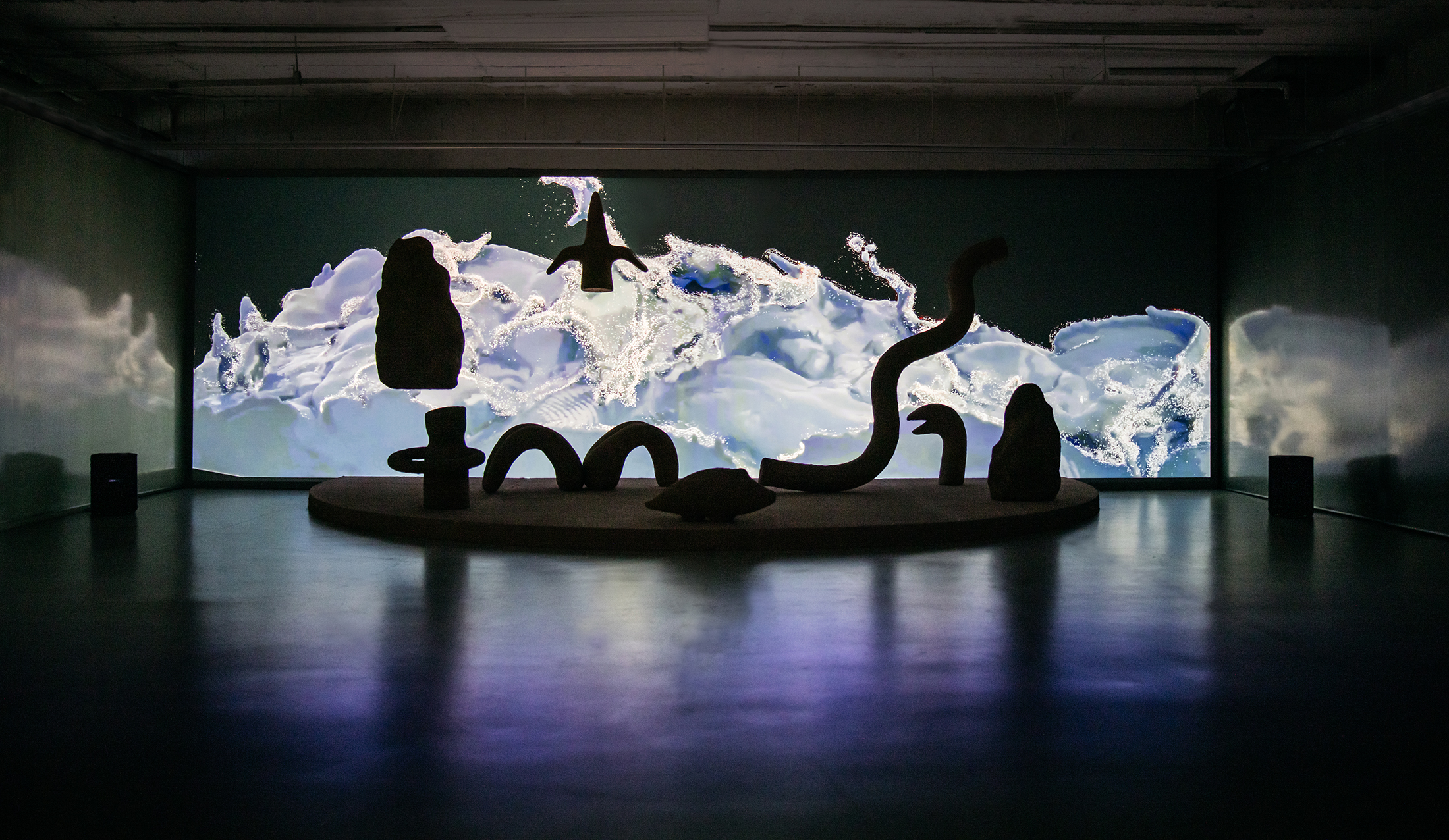
If Narratives Become the Great Flood
2020
The Great Flood is regarded as a common myth in numerous cultures in the world. There are records of floods found in 254 ethnic groups and 84 languages. Regarding the eternal statement of human death and rebirth, the Great Flood is always believed as the most representative myth among all these catastrophes. As rivers converge into the sea, these detailed and continuous narratives of myth have been accumulated by day and night over years. Despite the dissemination through oral and written languages that vary and transform throughout generations, they all carry a similar and complete structure of narrative This project tries to explore and capture certain common characteristics of narration among “myth”, “consciousness” and “contemporary image” , merging into a dreamlike script with fluidity of consciousness, through a fragmental, repetitive, and deconstructing structure of narratives. The
contemporary images are applied as the metaphor of various forms and symbols of ancient myths, in an attempt to reconstruct the way how we perceive the world in the modern era. In this sense, “If Narratives Become the Great Flood” does not intend to explore further about the authenticity and meaning of the myth of flood. The genre of narrative of “The Great Flood” is considered as the tree-like species classification of taxonomy in the modern era. The dissemination of how the myth creates all of the creation in the world is as how the flow of river from the mainstream into different branches of regions.
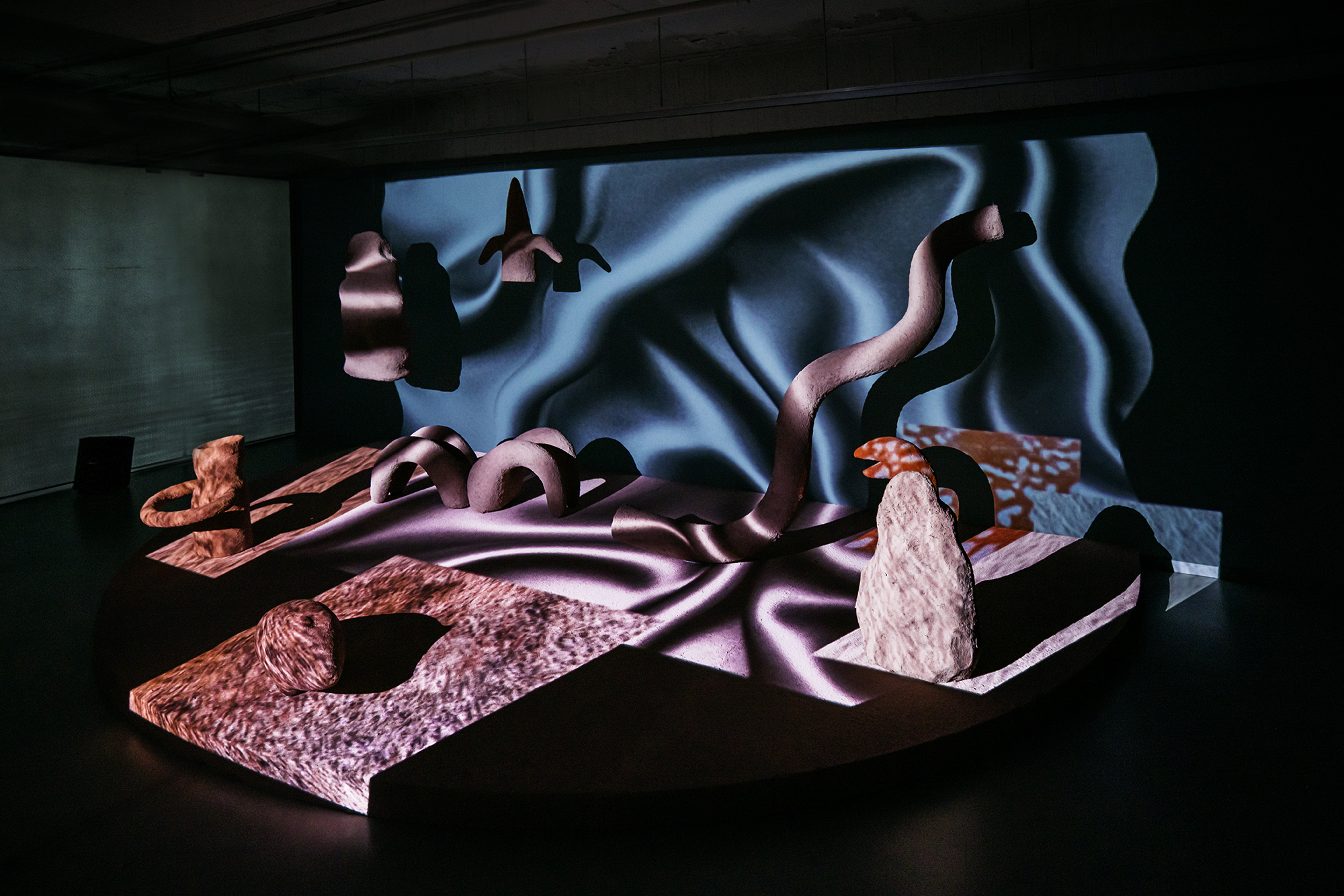

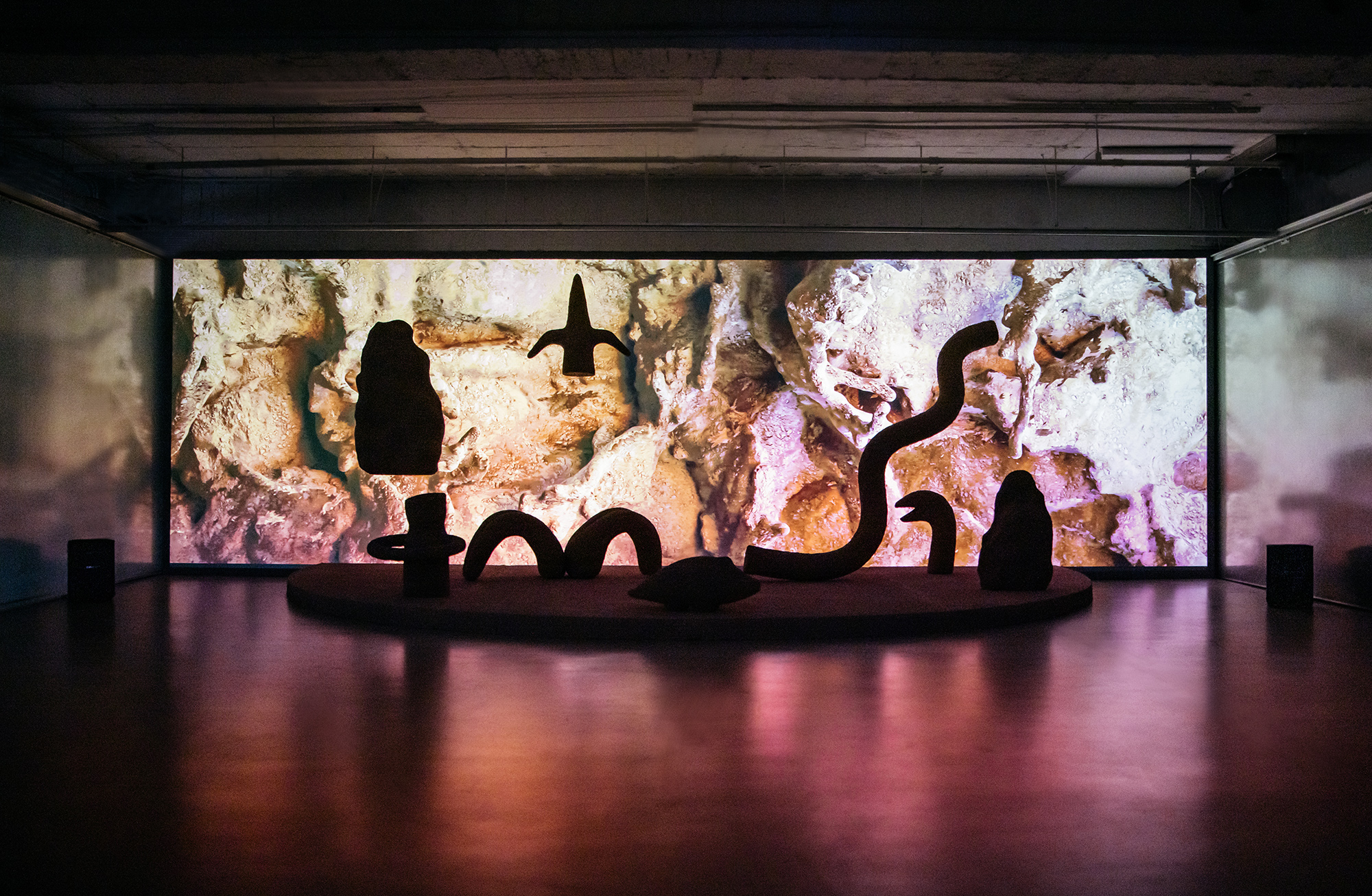
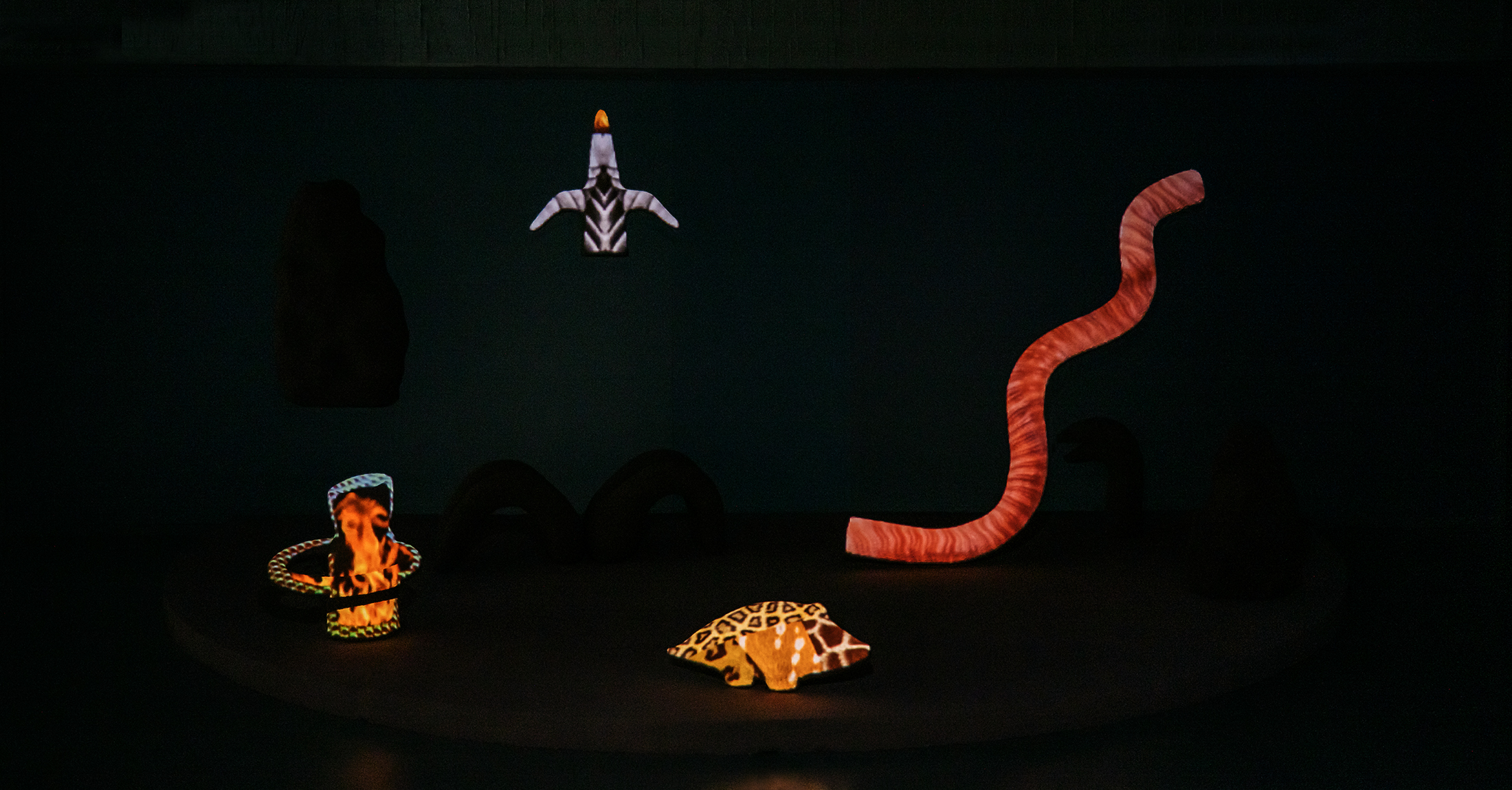


Caecus creaturae.
2019
32’53” 27’37”
Two Channel Sound/Video Installation, color, stereo, 24 Acrylic Drawing
Georgo Eberhard Rumphius (1627-1702) was a biologist employed by the Dutch East India Company in the 17th century, his important work Herbarium Amboinense covers up to 1,200 botanical species, 930 with definite species names, laying the biological groundwork of Maluku, Indonesia. The extensive research data left by Rumphius also indirectly led to the formalization of Carl von Linné’s binomial nomenclature. Some supporters even believe that Linné had stolen Rumphius' research. This era of big nomenclature became the beginning of species documentation and has evolved into the scientific basis of our current understanding of plants and animals.
In contrast with other biologists, Rumphius became completely blind due to glaucoma in 1670, but was able to continue his research work on species. If we look at Rumphius' descriptions of plants in his notes, we would realize that he used a large number of comparisons to describe species, including olfactory and tactile ones, and he even described plants with human personalities. By using a personal and perceptual interpretation to remember, map and document these creatures, he had created another kind of abstract database in his mind.
The Cabinet of Curiosities is a collection of Liu Yu’s research and extended interpretations of Rumphius from 2018 to the present, including documents on Rumphius, dozens of drawing exercises, and two documentaries. The text of the drawing exercises is from Rumphius' book The Ambonese Curiosity Cabinet, in which the forms of the species are transformed into abstract textual descriptions. Liu Yu attempted to retransform Rumphius' adjectives into images.
Liu's study of Rumphius does not focus on the reorganization of natural history, but on capturing a certain way of interpreting the world by human beings. Comparing the world we know after the scientific era and the world of primitive cultures, is there still some kind of sensibility interwoven in the way people interpret everything? In either cultural system, the process of "knowing the world" requires another kind of reverse productive activity: the explosion of imagination, which is also some kind of original state when art is created. No matter how hard we try to depict more things in this world, whether through "comparisons," "personification," or "metonymy," we still fail to describe what makes humans frenzy.
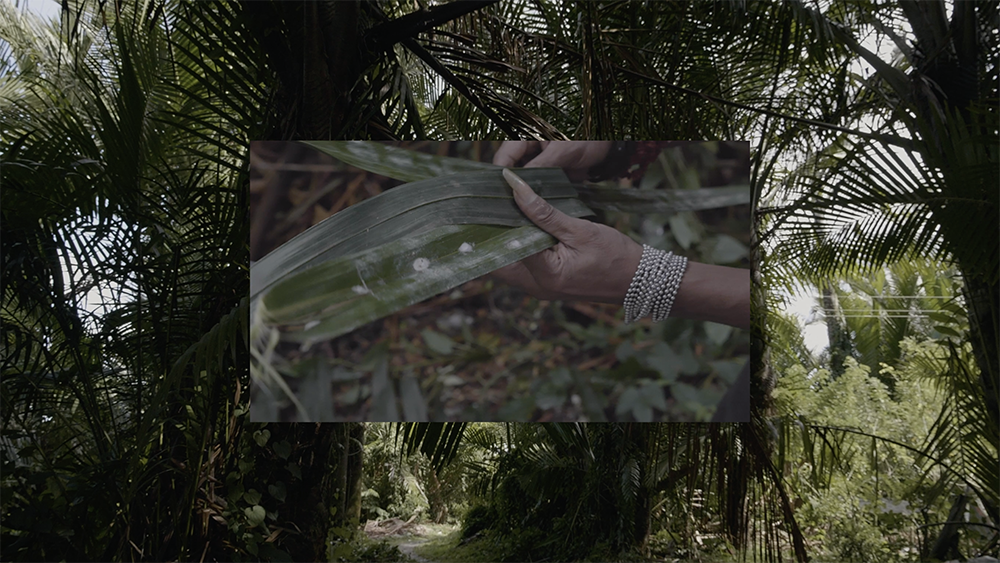

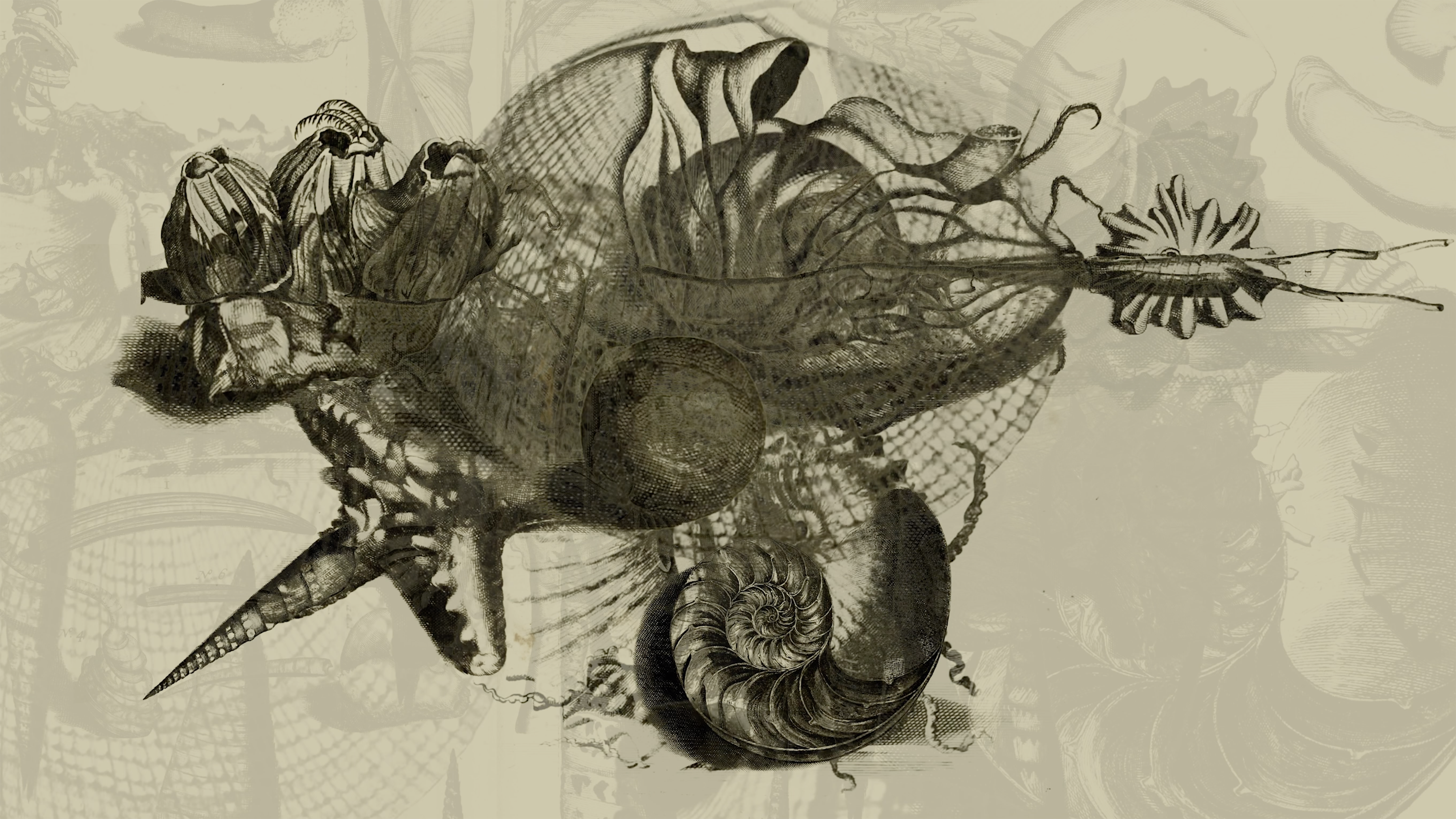
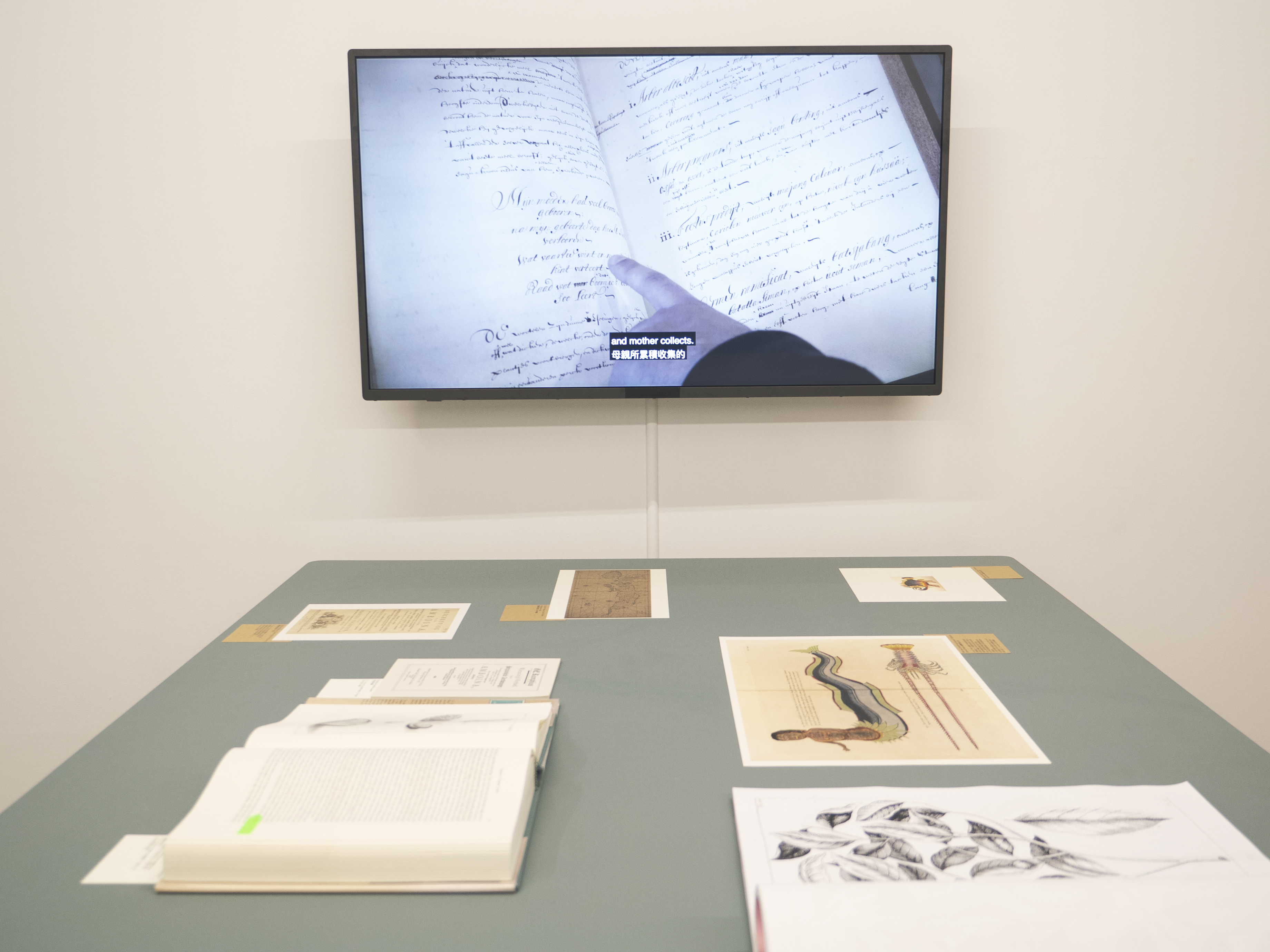
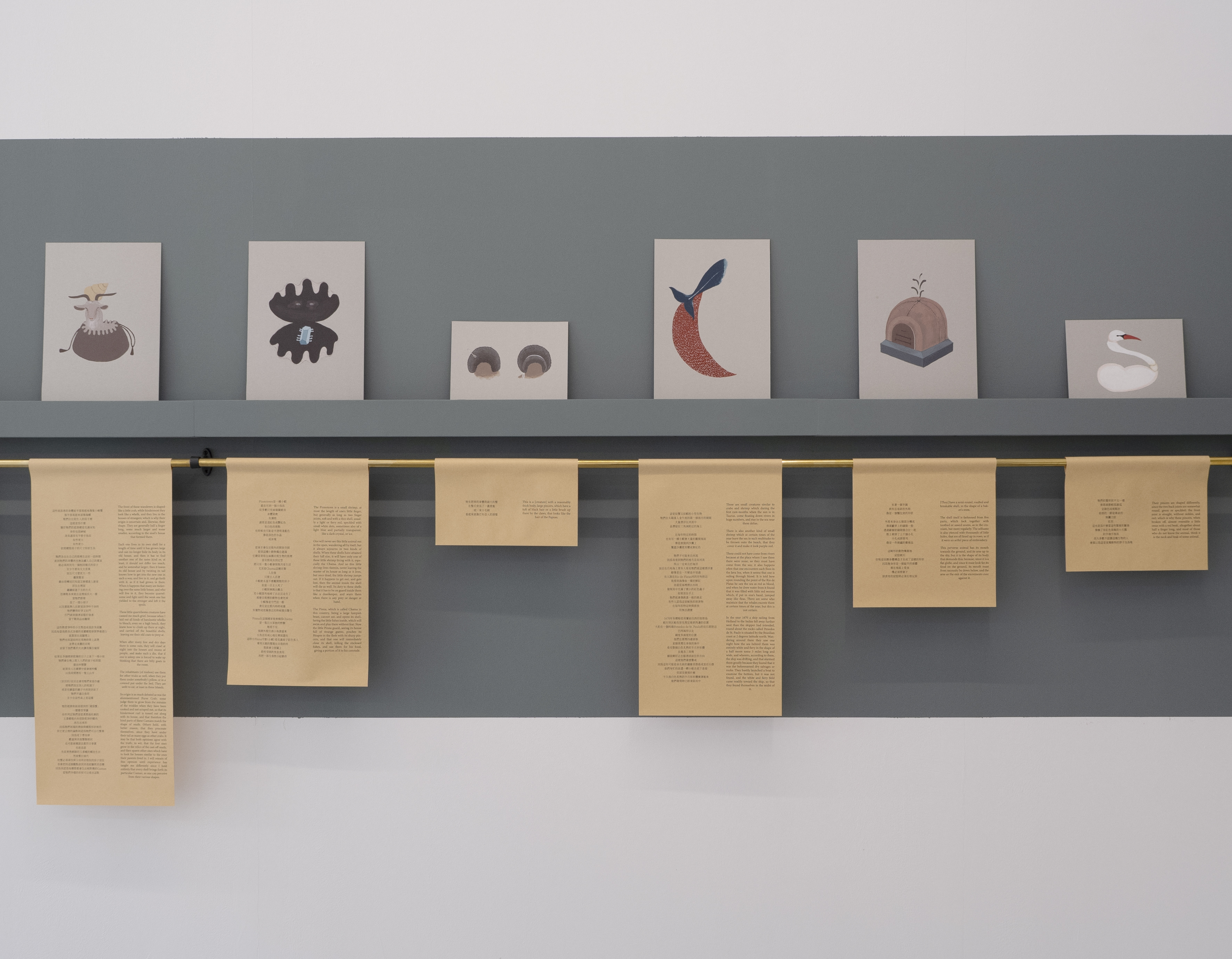
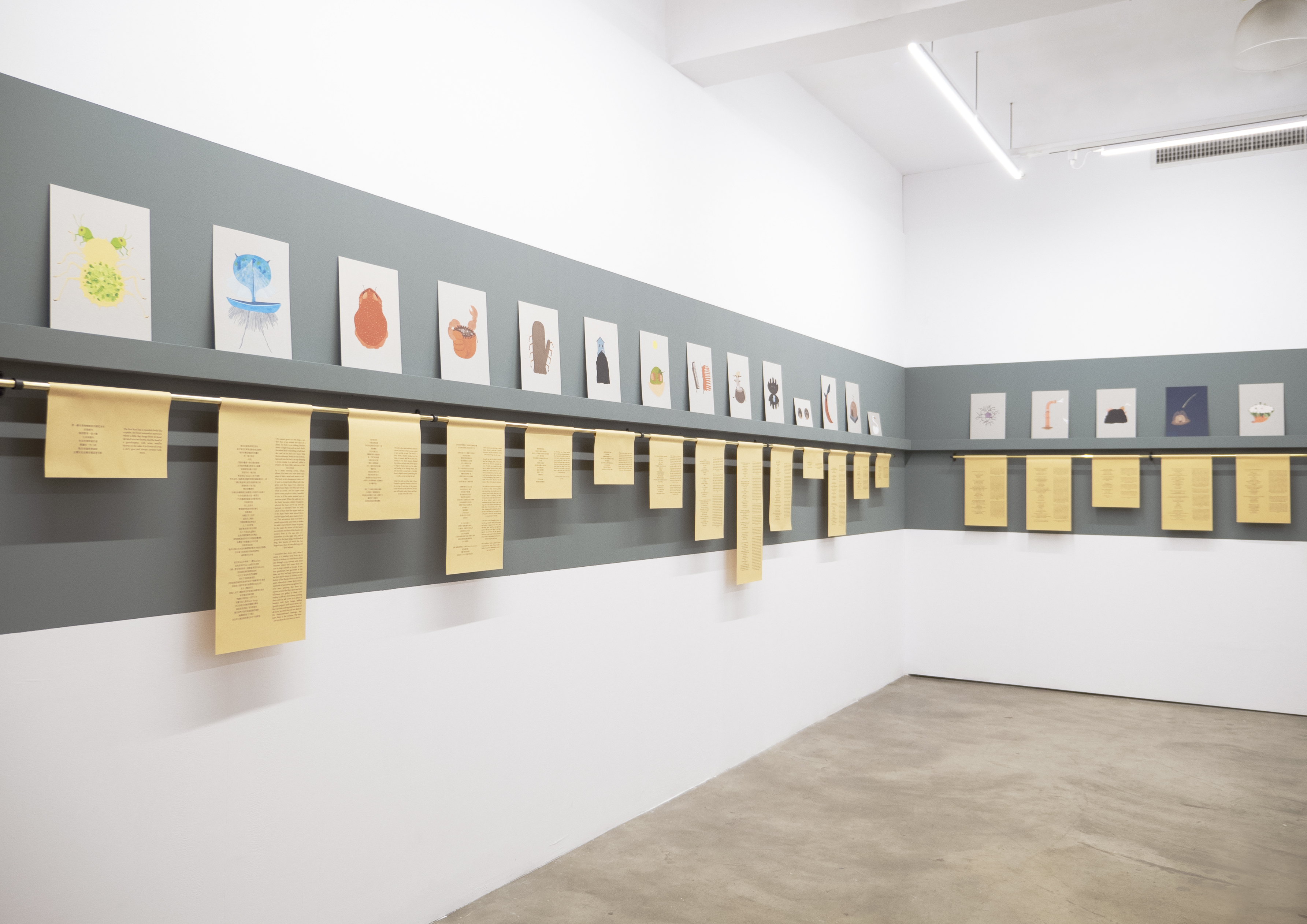
︎︎︎

Salvation Mountain
2018
23’54”
Three Channel Sound/Video Installation, color, stereo
The history of the concave and the convex
Concave and convex are like two sides of the same mirror, seemingly contradictory yet complementary.
Around 160 years ago, there rose a gold rush in the west of the U.S. To meet the demands of development and mining, Chinese labors were sent to the sites, away from home one group after another, building linear settlements on the dry continent out of thin air. As the gold mine went depleted in just decades, these labors hit the road again, part of whom came to Taiwan eventually, trying to get by in the modernized railway construction in the late Qing Dynasty. Those who knew gold panning technique found sand gold while building an iron bridge, and set in motion a fever for gold mining in the regions of Jinguashi and Jiufen along the way. The history repeats itself, nevertheless, as “Dacukeng”, the once prosperous mining settlement, was also gone in the wind after the depletion of gold vein in the 70s of the twentieth century. The ghost towns in the west of USA and the ruins in Jinguashi and Jiufen of Taiwan are bound together across the differences in culture and times by the yearning for gold mine. This solo exhibition of Liu Yu, The history of the concave and the convex, is thus born as a result. The artist unveils the hidden pages in history through the people, bits and pieces left behind, in an attempt to carve out the “equivalent” that strings up the yearns.
The solo exhibition of Liu Yu this time consists of two 3-channel videos, two interview footages, a series of private collections, and a booklet. The exhibition’s narrative embarks from the United States, following the ghost towns left behind by the gold rush in the West in the 19th century, all the way to the rise and fall of the mining settlement in Jinguashi and Jiufen of Taiwan in 20th century. There is a timeline in the exhibition, which is not a chronologically straight line, however. Instead, it is more of a sewing thread in an attempt to connect bits and pieces of memories in the American West and Taiwan. The fragments of these memories are embedded on the minds of the wanderers on the roadside, savages in the mountains, residents remaining in the ghost towns, and the descendants after the village has perished. Liu Yu made efforts capturing these traces that will fade away in time. The booklet in the exhibition is like a book of long footnotes, being not only an information supplement regarding the people, things, and objects in the videos, but a profiling along Liu’s process of creation.
The video The Stone Player filmed a tramp sitting on the beach of Santa Monica, dedicated to the arrangement of the stones in front. Even when the artist approached, trying to have a conversation, there was barely anything that could be called as such. His simple and repetitive behavior demonstrated that these stones in different sizes meant much to him. His dedication is the beginning of all narratives, shedding light to the interrelationship between Man and objects across time. Next, Salvation Mountain, a sophisticated 3-channel video that utilized drones, floor projection, and animations, comes into view. Displaying the enormity of mine pit and the desolation of ghost towns with vast projection on one hand while altering the physical experience of the audience that enter the space with floor projection on the other, the visual effect manifests the immensity of the American continent and implies the former glory the ghost towns used to enjoy, and that although mining can drastically change the landscape, the picture of white snow covers all these man-made traces. There are three figures in the only animation with conversation in the same set of works: a pioneer, a bus traveler, and a drone. These three movers from different times and with different agendas reveal some clues to the people come and go on these territories, so as to allow audience to get close to the history, whereas the ghostly conversation of these three voices foreshadows the films that follow.
There comes the section where the story of Jinguashi and Jiufen is told. Nameless combines gauze screen projection and two screens, subtly echoing the worlds of yin and yang in the film via the textures of the mediums being projected onto. The abandoned mine pit at Dacukeng is not as desolate as the ghost towns in the American West. There is still a mountain savage nicknamed as village head in the abandoned building watching over, and the apparitions guarding the pit will summon their subjects to pay respects from time to time. Compared to the confessions made by the three fictitious characters in the animation earlier, the figures and audience of Nameless and Notes on the Stones belong to the same space-time. Their obsessions with “object” are more authentic. Through the collection and the interpretation of the work, people’s emotions and projections toward objects are vividly exposed. Such emotional projection becomes yet another clue in the exhibition: despite of the difference in the things pursued, people prone to have hope for the good things in their own imagination. Be it the people ventured into the wild west for gold over a hundred years ago or the laborers leaving their home behind, fighting for a higher pay, or even the common folks nowadays that collect stones and drift woods, the forms may change on the outside every now and then, but the idea of “trying to possess” remains the same on the inside.
The Chinese characters for “Concave” and “Convex” in the title The History of the Concave and the Convex appear in opposite shapes. Yet, they are interrelated or even complementary to each other, illustrating the tight connection in between these seemingly unrelated locations, people, events, and objects. The behavior of humans bestows unique meaning upon certain ores in the Nature. Such act of bestowing gives rise to pursuits of all sorts. The History of Concave and Convex is the very project that unfolds around these “traces” left behind by the pursuits. It is an observation on sections of time from diverse angles as well as a skeptical inquiry into those taken for granted.



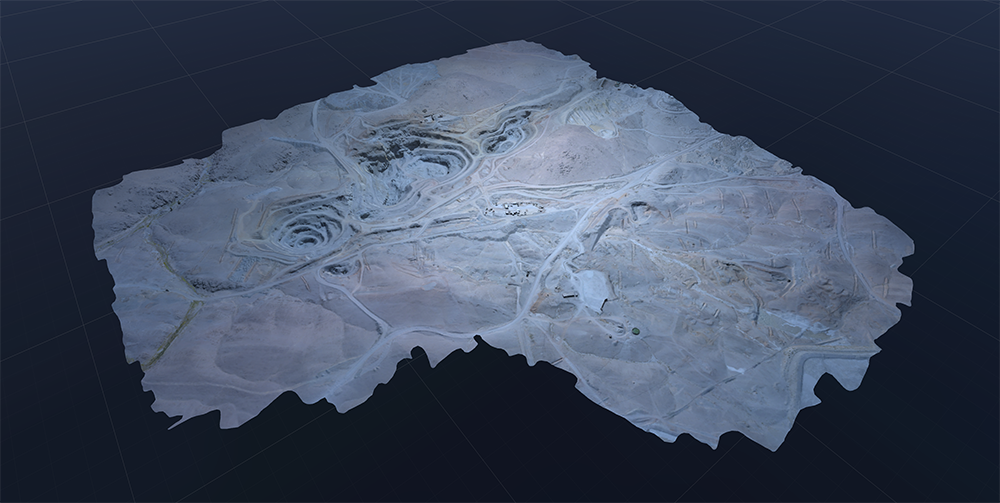

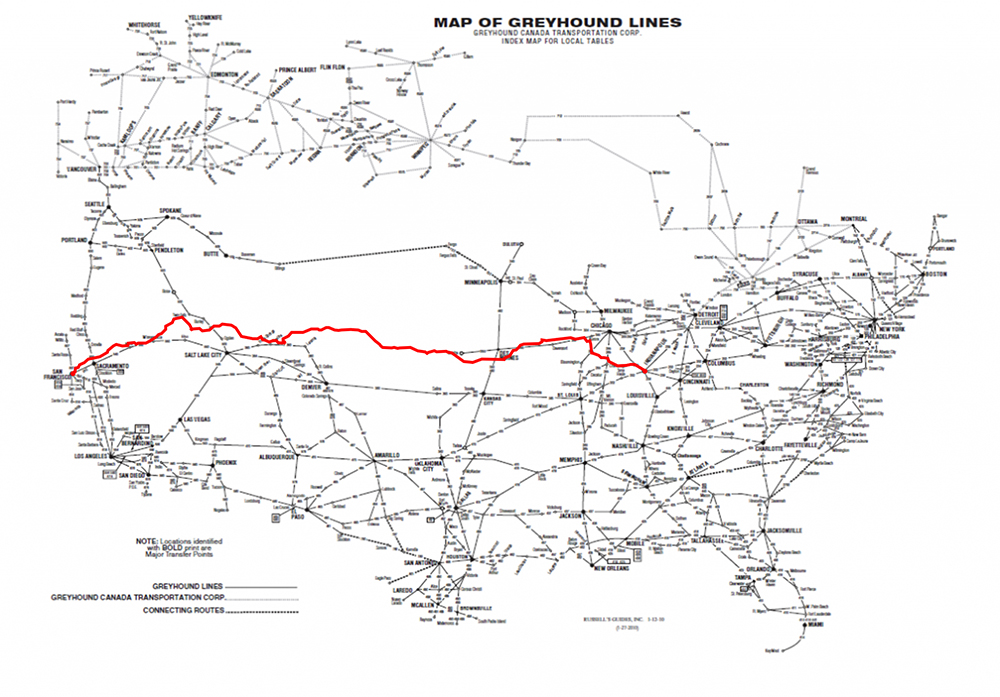
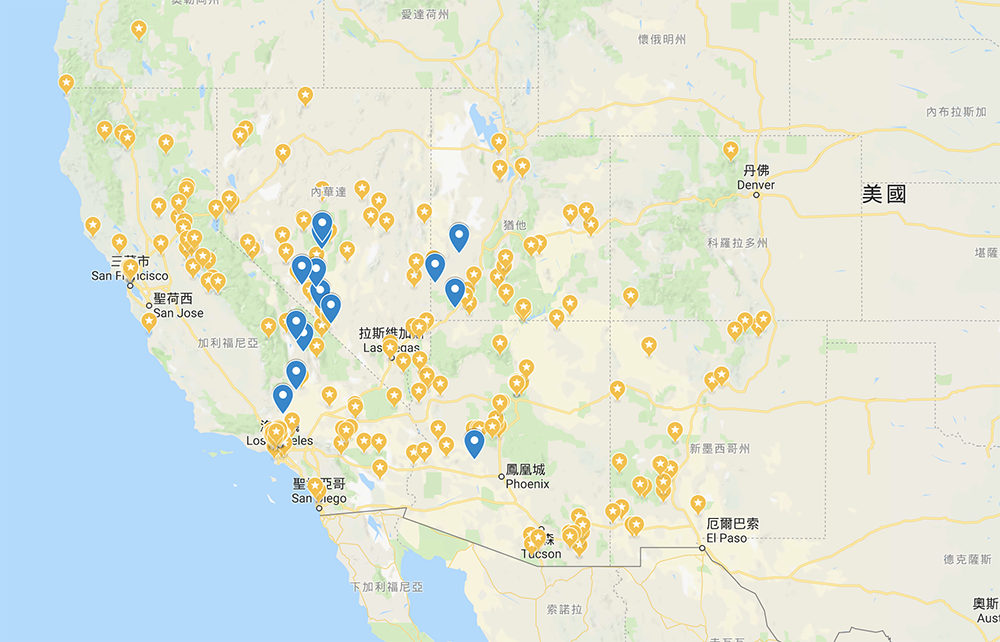
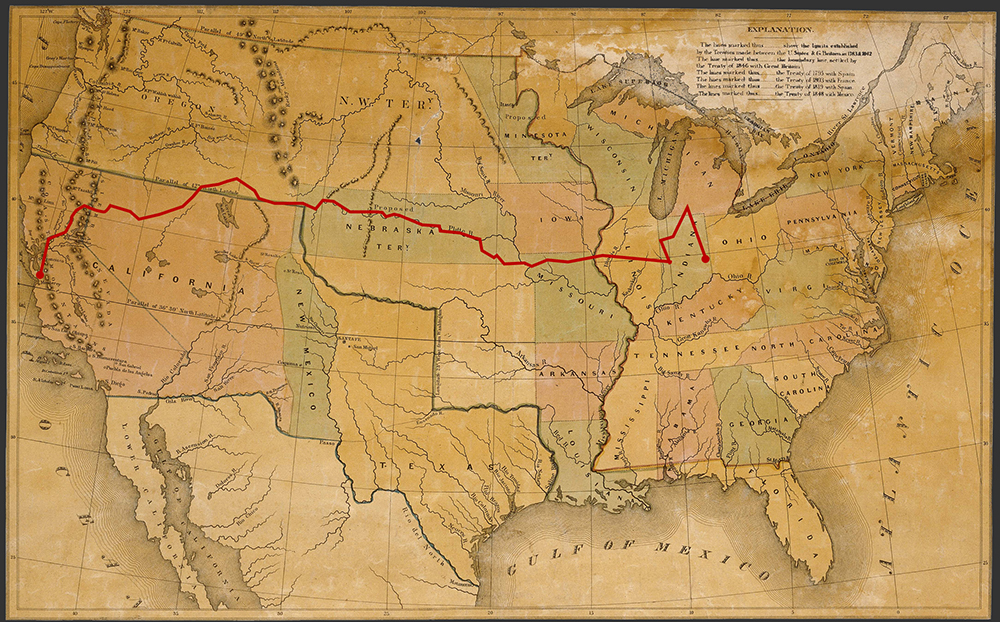

The history of the concave and the convex
A book by LIU Yu
Edited and proof-read by Zoe YEH and WU Sih-Chin
Translated by WU Nai-fe
Designed by Shauba CHANG

Notes on Stones
2018
Philosopher’s Stone, Courtesy of Lai Zhi-Xian, collected since 1998
Stone Series, Wu Wen-Xiong, 2008
Flotsam Series, Wu Wen-Xiong, 2013
Coral Series, Wu Wen-Xiong, 2016
Minerals, Courtesy of Lin Jing-Long, collected since 2018

The Stone Player
2018
04’22”
Single Channel Video Installation, color, 2018
︎︎︎